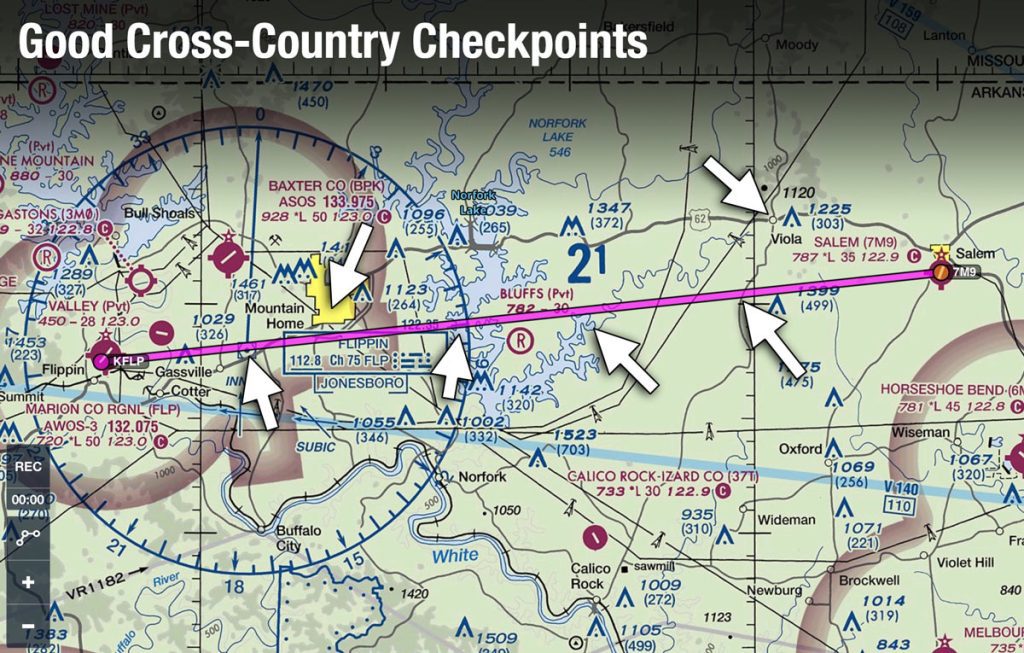Caption: Jamile and Marcio are the owners of this bar located in Porto Alegre, Brazil. George Haines, who was one of the students, told their story.
Yesterday we had the final showing of the students of the Storytellers Abroad Multimedia Missions Workshop to Brazil, sharing their work with the home office of the Association of Baptists for World Evangelism or ABWE. We had a lot of new staff and coaches on this trip. Sometimes the most challenging part of doing a workshop is screening the participants. Usually, we get one that looks OK on paper, but once on the field, we discover they lack some basic skills. When this happens, we spend a little more time helping them.
However, the narrative storyline is the most significant struggle for every student over the years of doing this workshop. Running a close second is students not understanding the people they have been assigned have already been vetted, and we had some idea of the storyline that connects them to the ABWE missionary.
The workshop participant cannot just create their own story. Too many think their creativity is the whole project. There is a client with a purpose for you being assigned a person and their story. Otherwise, they are not giving you access to these people.
The weakest videos produced at each workshop usually lack a clear storyline. Unfortunately, in every workshop, we also get people with lots of experience who, while technically proficient and even create some great visual content, don’t have a clear storyline; their video misses the purpose for which we are doing this workshop.
The purpose of the workshop is to produce videos that have strong storylines of people who the missionaries have impacted on the field. The call to action is asking the audience to help them continue this work by giving, supporting someone else to go, and praying.
While many videos met these goals, we always have those that miss the mark. This blog post reminds the storyteller how vital those key elements are to helping guide an audience.
Introduction: Much like skilled pilots rely on checkpoints to maintain their course during a flight, storytellers have their guiding points to ensure their narratives stay on track. If a Pilot misses a checkpoint, they rarely reach their destination.

These storytelling checkpoints are crucial markers, providing smooth plot development, character evolution, conflict resolution, and audience engagement. This blog post will explore the various checkpoints that can elevate storytelling to new heights, including crisis, mentorship, tasks, resolution, and more. The storyteller must know these so while structuring the story can be sure the audience understands why they are being told the story and what the connection for these missionaries is to the Hero. Miss that point, and there is no clear “Call To Action.”
- Ordinary Time Checkpoint: Establishing the Hero’s Pre-Crisis Life Before diving into the story’s heart, it’s essential to swiftly establish what life was like for our Hero before the crisis struck.
- Crisis Checkpoint: A Turbulent Beginning Every compelling story requires an inciting incident or crisis checkpoint that sets the wheels in motion. This initial turbulence captures the audience’s attention and establishes the central conflict of the narrative. Whether it’s a personal tragedy, a sudden change of circumstances, or an external threat, the crisis checkpoint propels the protagonist on their journey, sparking a desire for change.
- Mentor/Resource Checkpoint: Guiding Lights Along the Way In storytelling, mentors or resources act as guiding lights, providing wisdom, assistance, or special knowledge to the protagonist. This checkpoint introduces a character who imparts valuable lessons, supports the Hero during their trials, and helps them acquire the necessary skills to overcome challenges. The mentor/resource checkpoint can be a pivotal moment that shapes the protagonist’s growth and prepares them for the future.
- Assignment Checkpoint: Overcoming the Crisis Following the mentor or resource checkpoint, the Hero receives an assignment that pushes them to overcome their crisis. This assignment is a turning point in the story, propelling the Hero forward on their journey.
- Actions Checkpoint: Navigating Obstacles Stories are woven with a series of tasks or challenge/s the protagonist must face. These checkpoints test the Hero’s mettle, showcase their strengths, and reveal their vulnerabilities. Each task checkpoint brings the protagonist closer to their ultimate goal, offering opportunities for character development and building suspense. From physical feats to emotional hurdles, these checkpoints make the journey more engaging and allow the audience to connect with the protagonist’s struggle.
- Resolution Checkpoint: Reaching the Destination Every story needs a resolution checkpoint, where the conflict is resolved and loose ends are tied up. This final checkpoint often brings the audience a sense of closure and satisfaction, allowing them to witness the protagonist’s growth and the culmination of their efforts. The resolution checkpoint may contain a climactic showdown, an emotional breakthrough, or a realization that changes everything. It provides a cathartic experience, leaving the audience with a sense of fulfillment.
- Call to Action for Missions/Nonprofit/Business Checkpoint: After experiencing this story, the audience should identify with the Hero’s crisis. Then, we typically ask the audience to support the mentor/missionary/nonprofit for missions and nonprofit work, enabling them to help more people like the Hero.
Conclusion: Just as pilots rely on checkpoints to stay on course, storytellers harness the power of narrative checkpoints to create engaging and memorable stories. From the initial crisis to the final resolution and from the guiding mentors to the emotional twists and turns, these checkpoints ensure that the story develops smoothly and captivates the audience’s imagination. By effectively utilizing these storytelling checkpoints, writers can navigate their narratives to new heights, leaving a lasting impact on their readers or viewers. So, fellow storytellers, remember to plot your course, check your checkpoints, and let your stories take flight!

